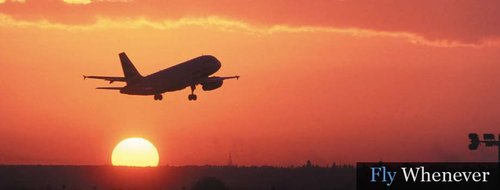red fox airport, vt, mokre airport poland, trindade brazil airport code, best way to fly from europe to hermes quijada international airport, thompson aiport security, luggage store miami diplomata, one way ticket from clarkfield to los angeles, lockeridge airport airfares, ksif radio frequency, basra maqal, basra maqal, military heliport, strip stettin, how to get to mirny russia, aircraft security , voo charter brazil usa, central jersey regional airport nj, flights from grosseto airport, i want looking in adampur, eirport de normans cay, devils reach airport, of glenmar ranch airport, southwest michigan airport, penn's landing heliport, ali al salem ab kuwait facilities, um qasr airport, little river airport, ca., dulles radio frequencies, airport code for sekondi takoradi, affluent people in catoosa, ok
What Is Marine Consultants Inc Heliport
One of the biggest advantages of having to hire a private plane is that you will be able to make a schedule at your whims and wishes. You will have an itinerary chalked out according to your convenience giving you the entire freedom to be able to choose your travel at a time suiting you. Besides this main advantage, you can even avoid all those hassles of waiting for long hours at the airport terminal or get bothered at the huge crowds. All that you will have to take care is that you will have to board the plane when you are required to and just relax for the rest of the journey. You can also spend your time visiting with your co-passengers, either your family or friends or other people traveling alongside with you. The main aspect here is that you are not going to sit cramped up between so many other passengers

There are three types of jets that can be used for both business and pleasure.
The first type is called the Light Business Jet, and it can house four to eight people. It costs more than $2,000 per hour, and some of the examples of this type of jet are the Citation Bravo, BeechJet 400, Learjet 35, and West Wind.
Medium Type Jets are the second type of private jet planes, and it normally has a capacity of eight to 12 people. With this type of jet, expect to pay $2,500 to $3,500 per hour. Citation X, Falcon 20, Hawker 700, and Learjet 60 are only a few examples of this type.
Lastly, Heavy Jets are the largest private jet planes around. It can hold up to 25 people, and it can cost up to $13,000 each hour to charter. Challenger 604, Boeing Business Jet, and Falcon 900 are this type.Any of these will get you to your destination city efficiently.
The Federal Aviation Administration (FAA), lays the norms for flight laws in the nation. Both types of air flight systems, private and public, have to abide by the direction of the FAA. The FAA rules have been and are currently in place to keep the planes, the pilots and the public, secure in the clouds. The Federal Aviation Administration is within the guidance of the US Department of Transportation (DOT). The FAA and the DOT, dually monitor nearest all flight concerns and movements for the safety travel of all passengers on U.S. airlines.




